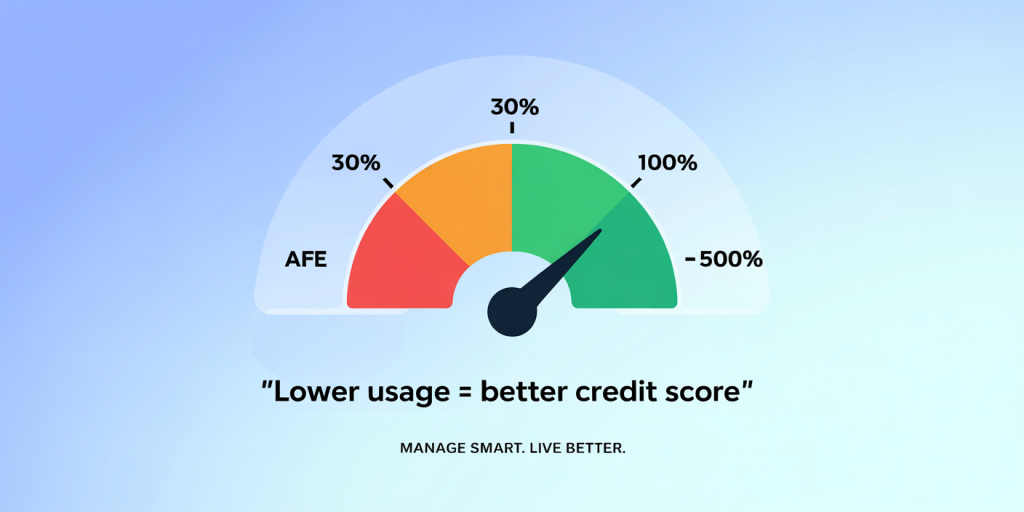How to Choose the Right Retirement Plan
Anúncios
Planning for retirement is one of the most important financial decisions you’ll make in your lifetime. The earlier you start, the more time your money has to grow—and the better your chances of achieving financial independence. But with multiple retirement plan options available, such as 401(k), IRA, and SEP IRA, choosing the right one can feel overwhelming.
Each type of retirement account has its own rules, benefits, contribution limits, and tax implications. Whether you’re an employee, a freelancer, or a small business owner, understanding how these plans differ is critical for maximizing your retirement savings.
In this guide, we’ll break down the key features of 401(k)s, IRAs, and SEP IRAs to help you choose the best retirement strategy based on your work situation and financial goals.
Anúncios
Why Retirement Planning Matters

Before diving into the specifics, it’s worth revisiting why retirement planning is so important. With longer life expectancies and rising living costs, relying solely on Social Security won’t be enough for most people. A well-chosen retirement plan offers:
Anúncios
-
Tax-advantaged growth (either tax-deferred or tax-free)
-
Compound interest over decades
-
Financial independence and peace of mind
Now let’s look at the primary options and how they stack up.
Option 1: 401(k) – The Employer-Sponsored Powerhouse
What is a 401(k)?
A 401(k) is a tax-advantaged retirement savings plan offered by many employers. You contribute a portion of your paycheck to the plan before taxes (in the case of a traditional 401(k)), and your employer may offer matching contributions up to a certain percentage.
Key Features:
-
Contribution Limit (2025): $23,000 (under 50), $30,500 (age 50+ with catch-up)
-
Employer Match: Typically 3%–6% of salary
-
Tax Treatment: Contributions are tax-deferred; you pay taxes upon withdrawal
-
Investment Options: Usually mutual funds, index funds, target-date funds
-
Withdrawals: Penalty-free after age 59½; required minimum distributions (RMDs) begin at age 73
Pros:
-
High contribution limits
-
Free money through employer match
-
Automated payroll deductions
-
Loans and hardship withdrawals available (though not ideal)
Cons:
-
Limited investment choices
-
Early withdrawal penalties (10% before age 59½)
-
Administrative fees may apply
Best For:
Employees at companies that offer matching contributions and want a simple way to build retirement wealth through payroll deductions.
Option 2: IRA – Flexibility for Individuals
What is an IRA?
An Individual Retirement Account (IRA) is a retirement savings account you open independently—not through an employer. IRAs come in two main types: Traditional and Roth.
Traditional IRA:
-
Tax Treatment: Contributions may be tax-deductible (depending on income)
-
Withdrawals: Taxed as income in retirement
-
Contribution Limit (2025): $7,000 (under 50), $8,000 (age 50+)
Roth IRA:
-
Tax Treatment: Contributions are after-tax; withdrawals are tax-free
-
Income Limits: Contribution eligibility phases out at higher incomes (starts at $146,000 for individuals, $230,000 for joint filers in 2025)
Pros:
-
Broad investment choices (stocks, ETFs, crypto, real estate in self-directed IRAs)
-
Greater control and flexibility
-
Roth IRAs offer tax-free growth and withdrawals
-
No RMDs for Roth IRAs
Cons:
-
Lower contribution limits than 401(k)
-
Roth IRAs have income caps
-
Traditional IRA deductions may be limited if you also have a 401(k)
Best For:
Anyone seeking flexible investment options or those who are self-employed but don’t need to contribute large amounts. Roth IRAs are especially valuable for young earners expecting higher income in the future.
Option 3: SEP IRA – A Win for Self-Employed and Small Businesses

What is a SEP IRA?
A Simplified Employee Pension (SEP) IRA is a retirement plan designed for self-employed individuals and small business owners. It allows for higher contribution limits than a Traditional IRA and is relatively easy to set up.
Key Features:
-
Contribution Limit (2025): Up to 25% of compensation or $69,000 (whichever is less)
-
Tax Treatment: Contributions are tax-deductible; withdrawals taxed as income
-
Eligibility: Sole proprietors, freelancers, small business owners (and employees, if offered)
-
Flexibility: No requirement to contribute every year
Pros:
-
High contribution limits—great for high-income earners
-
Easy to set up and maintain
-
Tax-deductible contributions reduce taxable income
-
Contributions are discretionary (no requirement to fund annually)
Cons:
-
No Roth option (all contributions are pre-tax)
-
Must contribute an equal percentage for all eligible employees
-
No catch-up contributions for those 50+
Best For:
Freelancers, contractors, and small business owners who want to maximize tax-deferred retirement savings with minimal paperwork.
Side-by-Side Comparison
| Feature | 401(k) | Traditional IRA | Roth IRA | SEP IRA |
|---|---|---|---|---|
| Contribution Limit | $23,000 | $7,000 | $7,000 | Up to $69,000 |
| Catch-Up (50+) | +$7,500 | +$1,000 | +$1,000 | Not available |
| Tax Treatment | Pre-tax | Pre-tax | After-tax | Pre-tax |
| Income Limits | None | Partial deduction | Yes (Roth only) | None |
| Employer Involvement | Required | None | None | Optional for employees |
| Investment Flexibility | Limited | High | High | Moderate |
| RMDs Required? | Yes (age 73) | Yes (age 73) | No | Yes (age 73) |
Choosing the Right Plan Based on Your Situation
Let’s look at some common scenarios and which retirement plan makes the most sense.
1. You’re an Employee With a 401(k) Match
Best Option: 401(k)
Always take full advantage of your employer’s match—it’s free money. Then, consider contributing to a Roth IRA if you want tax-free withdrawals in retirement.
2. You’re Self-Employed or Freelance
Best Option: SEP IRA
If you’re earning significant income, a SEP IRA allows you to contribute much more than a traditional or Roth IRA, helping you defer taxes and build wealth quickly.
3. You’re Early in Your Career
Best Option: Roth IRA
Your tax rate is likely low now, so paying taxes up front makes sense. Plus, decades of tax-free growth are incredibly powerful.
4. You Want Investment Flexibility
Best Option: IRA (Traditional or Roth)
IRAs let you choose from a wide array of investments, including individual stocks, ETFs, or even self-directed assets like real estate or crypto.
5. You Want to Maximize Contributions
Best Option: 401(k) + IRA
If you can afford it, max out both a 401(k) and an IRA. In 2025, that gives you the ability to invest up to $30,000+ per year in tax-advantaged accounts.
Bonus Tip: Consider Roth 401(k) If Available
Many employers now offer a Roth 401(k) option, which combines the high contribution limit of a 401(k) with the tax-free growth of a Roth IRA. If you expect to be in a higher tax bracket later in life, a Roth 401(k) can be a powerful tool.
Final Thoughts: Personalization Is Key

There’s no one-size-fits-all retirement plan. The right option depends on your income, employment status, tax situation, and long-term goals. What matters most is starting early, contributing consistently, and reviewing your strategy as your life changes.
Don’t let complexity stop you from securing your financial future. Even small contributions today can compound into significant wealth tomorrow
Post Comment